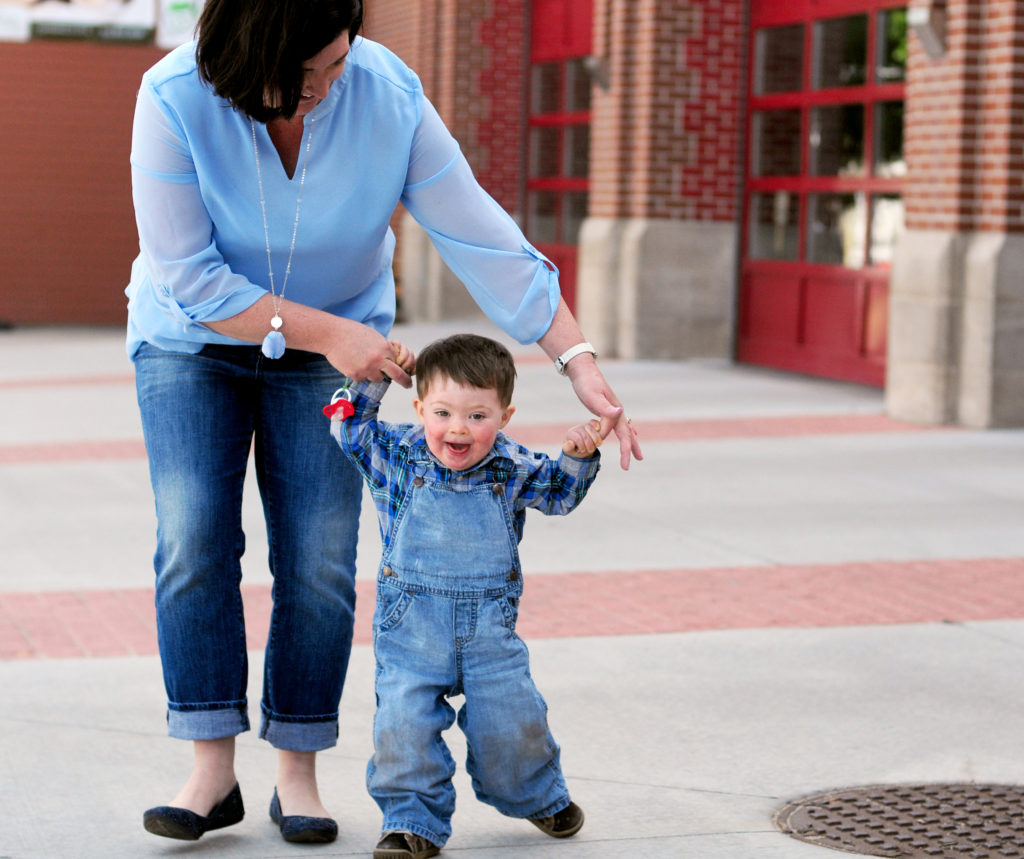Our Early Intervention Program helps overwhelmed families care for their small children (ages 0-3) with developmental disabilities
Our partner organization, SUN Foundation, recently held a breakfast highlighting the need for respite funding. We had the pleasure of listening to two parents speak about their journey caring for a loved one with a developmental disability and the impact respite and our Early Intervention Program have had on their lives. Their stories were too good not to share.
So, today we’d like to introduce you to Anna Hanley, a petroleum engineer by trade and mom to Liam, her 3.5 year old son with Down Syndrome. They connected with Developmental Pathways through our Early Intervention Department and have been part of our family ever since. You’ll see from her story that for each milestone Liam has achieved, there have been setbacks along the way. We hope the resilience of this family inspires each of you.
Anna Hanley, a working mom who has a 3-year-old son with Down Syndrome
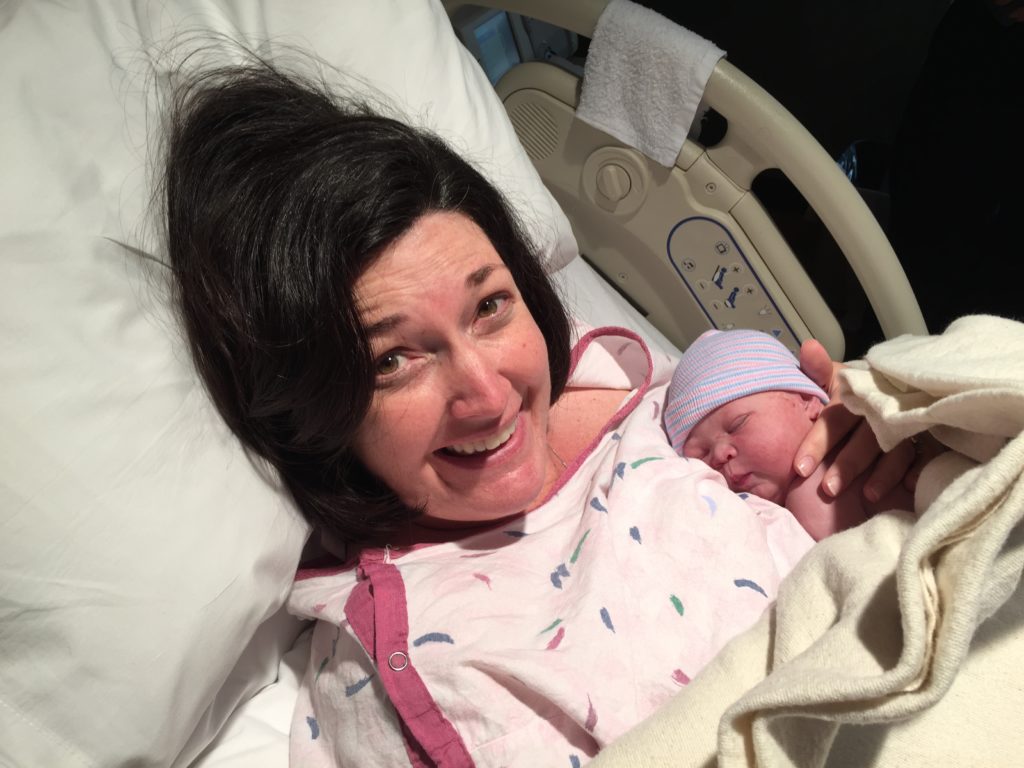
Liam was born March 2015 at Littleton Hospital. While we knew that Liam was diagnosed prenatally with Trisomy 21, we had no idea what his diagnosis would mean for his health, his development and his quality of life. Right away, Liam had trouble eating and maintaining his body temperature. At two days old he was admitted to the NICU and kept in a warmer to help his body adjust to the outside world. Soon, he was on a feeding tube in order to get him the calories and nutrition his body needed.
After 9 days in the NICU we were able to go home, however, Liam’s eating struggles continued. At 4-weeks old he wasn’t gaining weight, so his pediatrician recommended a swallow study which revealed that Liam was silently aspirating. He was diagnosed with dysphagia, a condition that is not uncommon in kiddos with Down Syndrome.
What started out as an outpatient test quickly turned into an overnight admittance to place a feeding tube and arrange for home health care. It was one of the most emotional and draining days as a mother. After two days in the hospital, Liam came home and David and I were thrown into a world of feeding pumps, placing NG tubes, checking stomach pH and using a stethoscope to listen for air in his stomach, an indication of proper feeding tube placement- the alternative being the tube was in his lungs and we could drown him with a feeding.
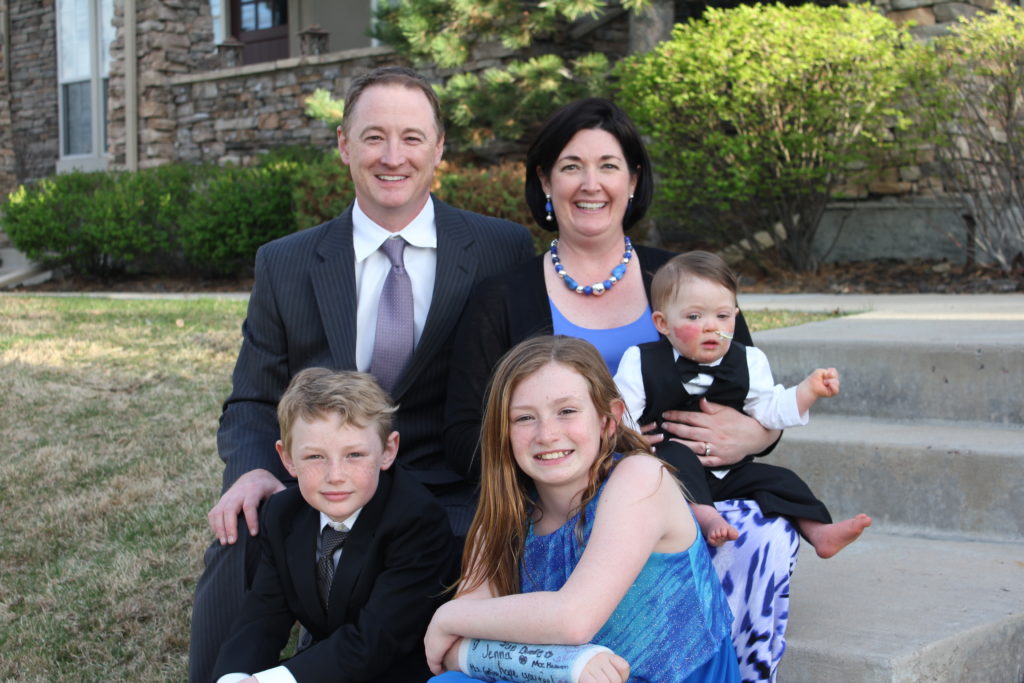
I’ll never forget the first time I went into Liam’s room to do the last feeding of the night, only to discover that he had pulled out his NG tube. It was still taped to his face, but the feeding end was dangling from his cheek. Dave and I were faced with the option of taking Liam to ER to have the NG tube put back in or, gulp, put it in ourselves. The task was daunting, but we had to suck it up and give it a try. We were Liam’s parents after all and who knows how many times this was going to be part of our routine.
The home health nurse showed us what to do – the trick was to go fast and just keep shoving the tube up his nose and his sinus cavity would turn the tube down his throat. Easier said than done when its 10:00 at night, your baby is screaming as your husband restrains him and you start sending a tube up his nostril, hoping you aren’t going to poke his brain, and that the tube turns to go down into his stomach. We succeeded, but not without a lot of stress, a little sweat, and maybe even a few choice words.
How Developmental Pathways Helps Support Families in Need
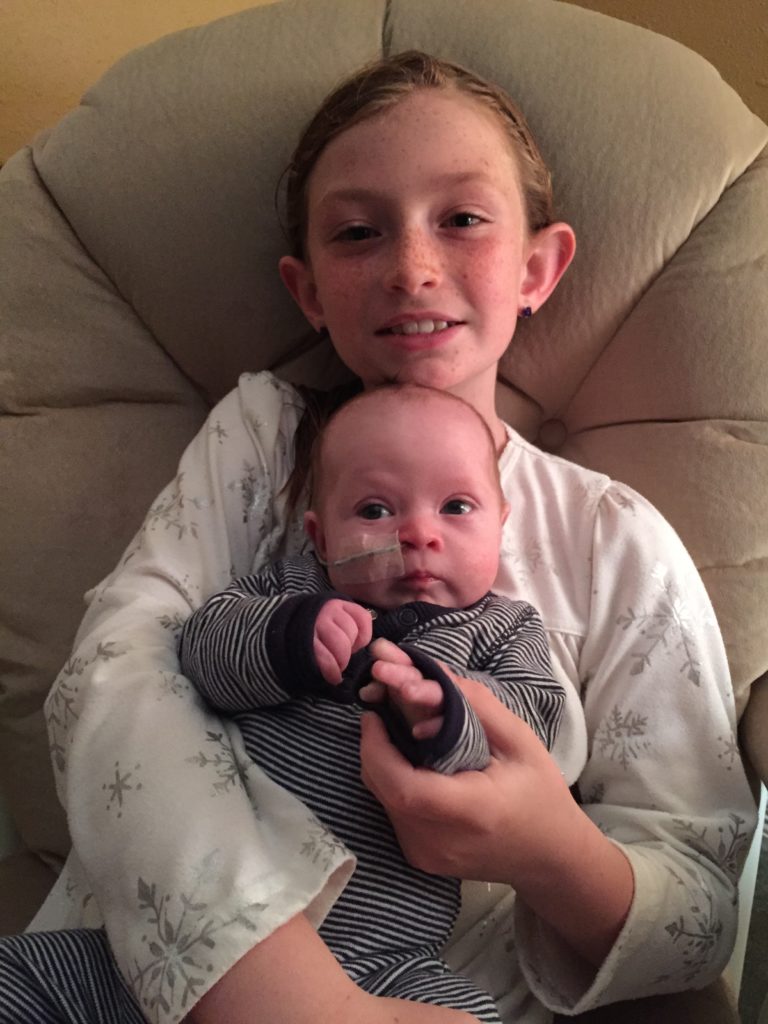
Needless to say, this was a very trying time for our family, with the demands of two older children, household responsibilities, and Dave being laid off right in the midst of it all. Fortunately for us, there was Developmental Pathways.
While in the NICU, Liam’s physical therapist at Littleton Hospital was also a PT with the Early Intervention program at Developmental Pathways. We connected with physical, occupational, and speech therapy within a year and a half. What a blessing these therapists were to our lives! Once a week these ladies came to our home to provide therapy services to Liam, which really must be the best job in the world since therapy in Early Intervention means playing with kiddos all day long. They taught my husband and I how to encourage Liam to reach the developmental milestones that parents of “typical” kiddos take for granted – rolling over, sitting unassisted, grasping for objects across midline, cruising around furniture, saying “Mama.
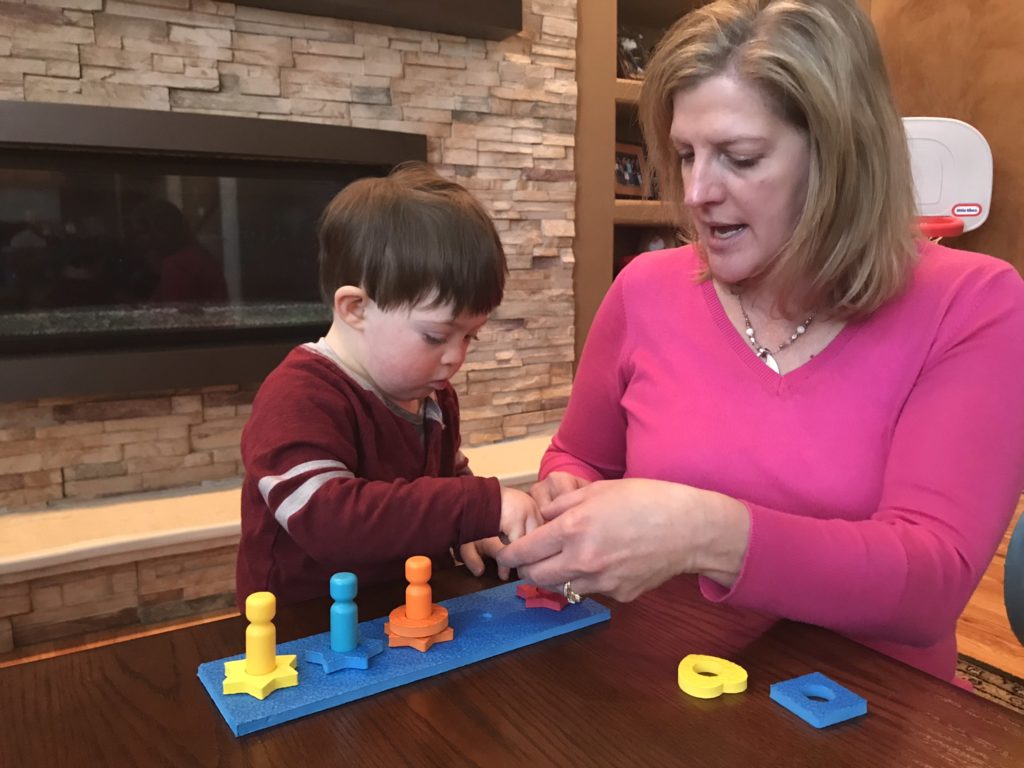
At one-year old, Liam’s swallowing issues continued. By now we had a full team of specialists at Children’s Hospital – ENT, GI, pulmonology, feeding specialists, speech therapists, and even a social worker. Liam underwent an endoscopy to examine his esophagus, stomach and bronchial structure. He did a sleep study which revealed obstructive sleep apnea.Thankfully, a tonsillectomy and adenoidectomy corrected the sleep apnea because by now Liam was fully in charge and had no ambitions of keeping an oxygen canula in his nose.
Continued Progress
By the time Liam was 18-months old, a nasal feeding tube was no longer a viable option, as Liam had other ideas for its placement.
We opted to have a G-tube placed in his stomach, something he still has to this day. The G-tube gave us much more freedom in the foods we could feed him, as well as being able to send him to daycare and train the staff in G-tube feeds. It was a real game changer for us.
As Liam grew, his swallow function improved, and we started to feed him meltables which quickly turned into pureed baby food, and eventually soft foods like oatmeal. Though Liam continues to struggle with thin liquids, he’s showing great promise that eventually he will be able to manage eating and drinking like everyone else.
We are so thankful for Liam’s entire team of supporters, from his team of amazing doctors at Greenwood Pediatrics and Children’s Hospital, to his therapists, Case Manager, and community outreach partners at Developmental Pathways, as well as his caregivers, family and friends. David and I feel truly blessed to have so many caring people invested in Liam’s outcomes.
Share your story with us at support-communications@nmscolo.org.
Be sure to visit our Community Impact page, or read more Family Stories to hear more about the other incredible families we have the privilege to support.

